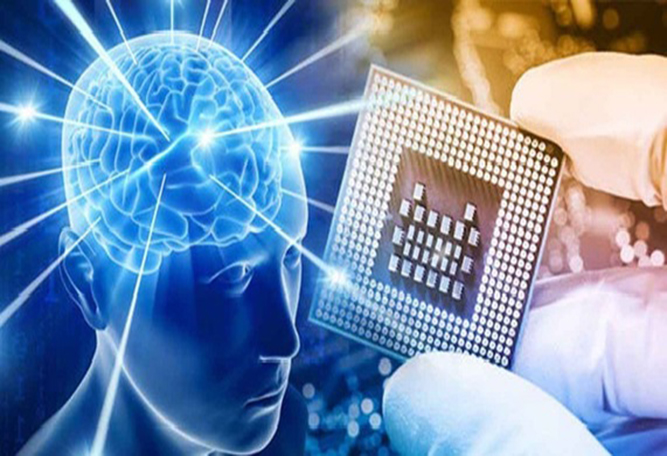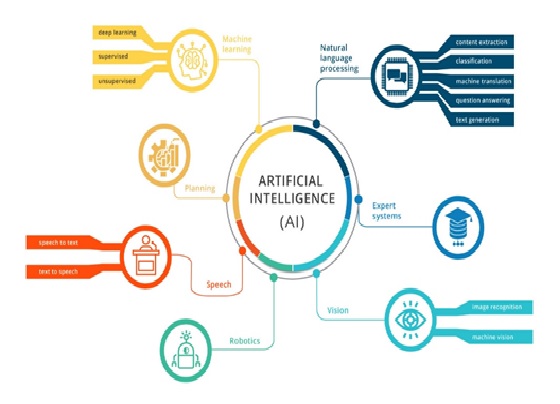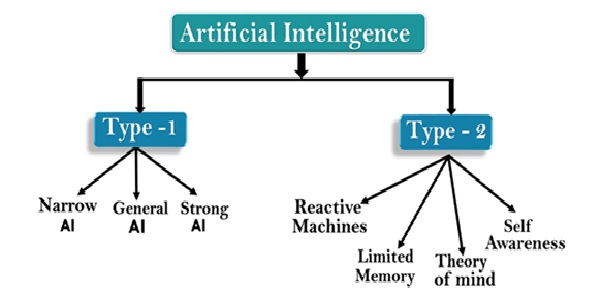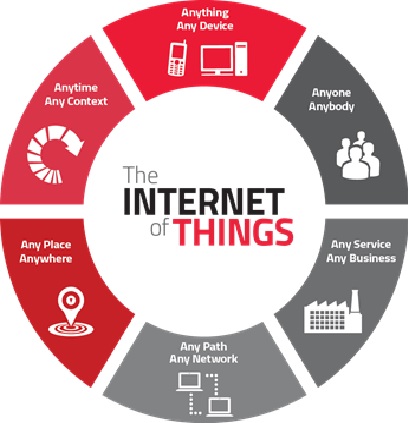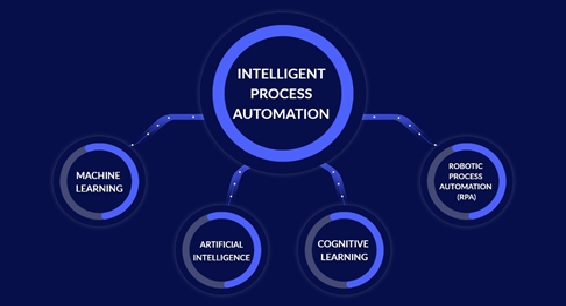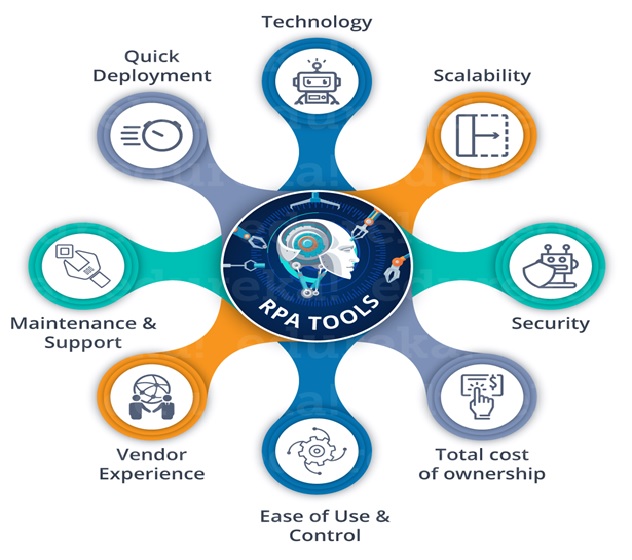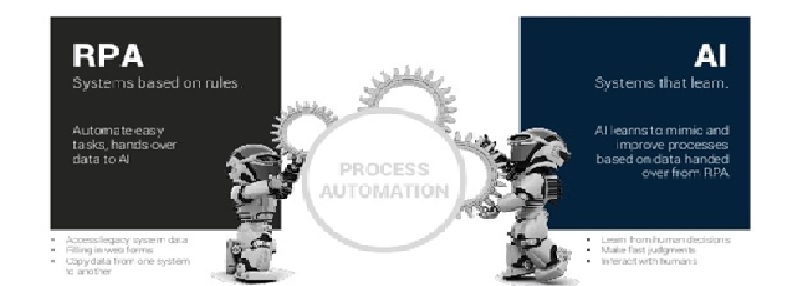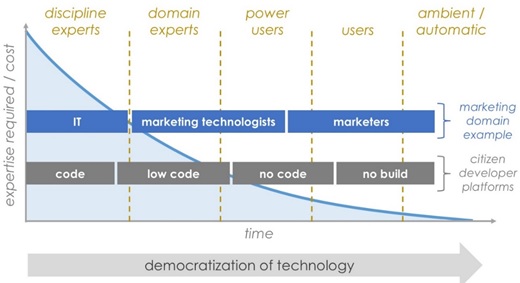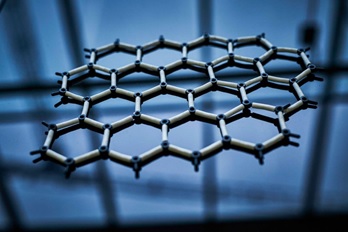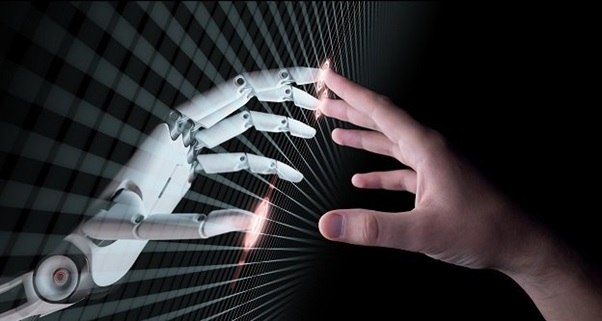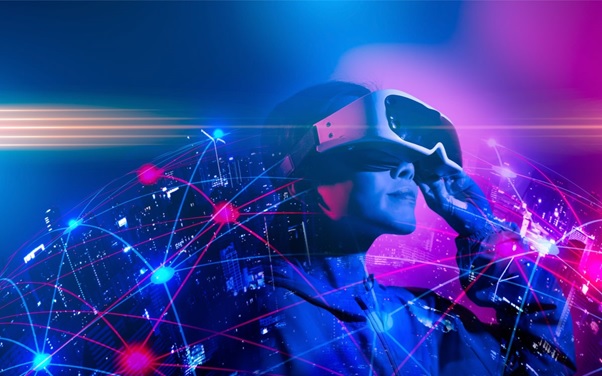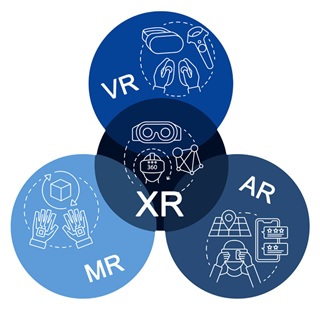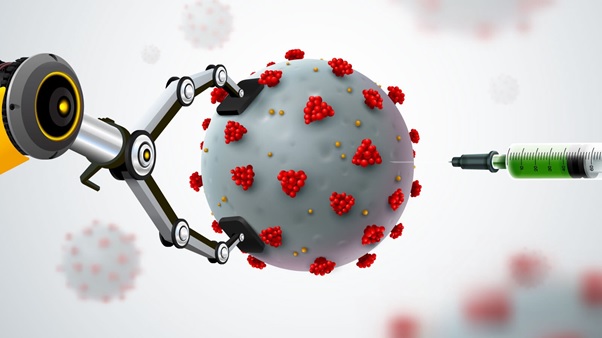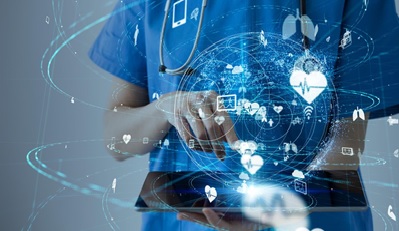Internet of Things – A New Game Changer Technology
The Internet of Things (IoT) solidified its status as a game-changing force across sectors—linking billions of devices, enabling real-time insights, and fueling the digital transformation of everything from agriculture to healthcare. As the world became increasingly connected, IoT emerged as the invisible infrastructure powering smart cities, homes, and businesses.
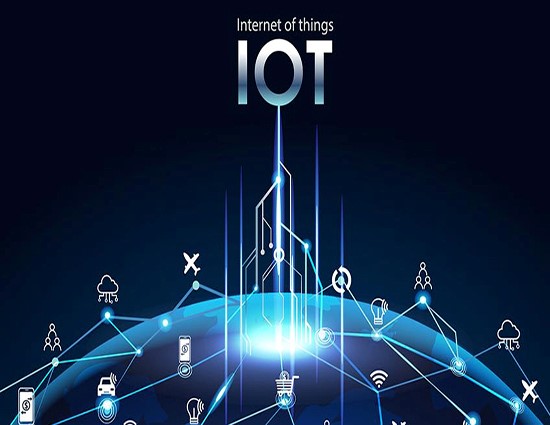
Figure 1. IoT: Revolutionizing the Connected World
What Is the Internet of Things?
The Internet of Things refers to a vast network of physical devices embedded with sensors, software, and connectivity, allowing them to collect and exchange data. From smart thermostats and wearable health trackers to connected cars and industrial machines, IoT enables intelligent automation and data-driven decision-making at every level. Figure 1 shows IoT: Revolutionizing the Connected World.
IoT’s Rapid Expansion in 2021
By 2021, the global IoT ecosystem surpassed 11 billion connected devices, with forecasts suggesting 25 billion by 2030. The COVID-19 pandemic accelerated digital adoption, leading to a surge in remote monitoring, contactless services, and predictive analytics.
Key statistics:
- Global IoT spending reached $381 billion in 2021 ([IDC]).
- Edge IoT computing and 5G integration became crucial trends.
- Smart home adoption jumped due to remote work and home automation.
Key Application Areas in 2021
- Smart Homes:
- Healthcare (IoMT):
- Industrial IoT (IIoT):
- Smart Cities:
- Agriculture:
Devices like smart speakers (e.g., Amazon Echo, Google Nest), connected lighting, and security systems gained popularity. These gadgets offered convenience, safety, and energy efficiency.
The pandemic highlighted the importance of remote patient monitoring and wearable medical devices. IoT-enabled systems allowed doctors to track vitals and deliver care from a distance.
Manufacturers adopted IoT for predictive maintenance, automated quality control, and supply chain tracking. This minimized downtime and enhanced productivity.
Governments deployed IoT to manage traffic flow, waste collection, and energy usage. Sensors and cameras helped cities become more responsive and sustainable.
IoT-based precision farming tools helped farmers monitor soil conditions, weather patterns, and crop health—optimizing yield and resource use.
Enabling Technologies
In 2021, IoT growth was fueled by advancements in:
- 5G – Offering ultra-low latency and supporting billions of simultaneous device connections.
- Edge Computing – Processing data closer to the source for real-time insights.
- AI & Machine Learning – Enhancing decision-making based on IoT data.
- Cloud Integration – Providing scalable data storage and analytics.
Challenges and Considerations
Despite its promise, IoT also raised concerns in 2021:
- Security: Billions of connected devices created a vast attack surface for cyber threats.
- Data Privacy: Personal and sensitive information needed better encryption and consent frameworks.
- Interoperability: Lack of unified standards made integration between devices difficult.
- Power & Connectivity: Devices in remote or resource-poor regions faced connectivity and energy limitations.
The Internet of Things had proven itself as more than a buzzword—it was a foundational technology reshaping the digital economy. Whether enabling autonomous vehicles or monitoring vaccine distribution chains, IoT became a crucial link between the digital and physical worlds.
As more intelligent systems come online, the next phase will demand smarter governance, ethical frameworks, and robust infrastructure to scale IoT securely and sustainably.
References:
- https://www.reddit.com/r/IoTeX/comments/r23vnn/mckinsey_article_on_iot_iot_value_set_to/?utm_source=chatgpt.com
Cite this article:
C. V. Harry (2021), Internet of Things – A New Game Changer Technology, AnaTechMaz, pp. 1


